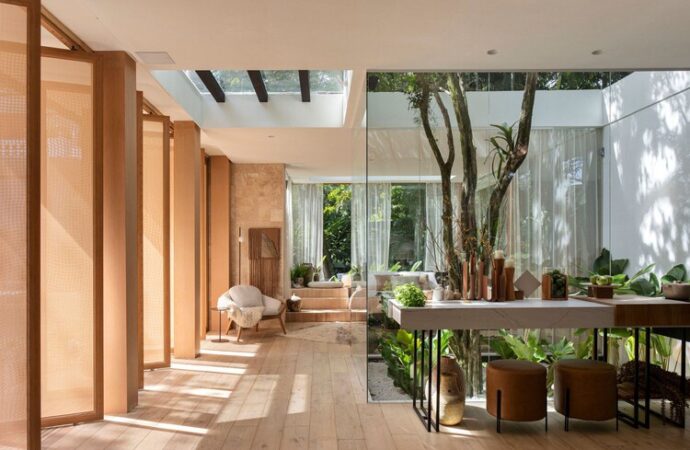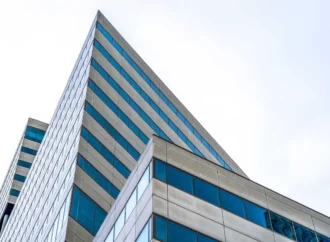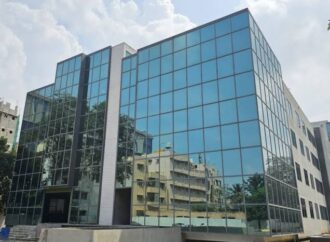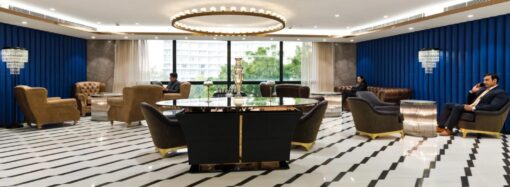Biophilic design is transforming urban real estate, blending nature with modern living. With rising demand for luxury and sustainable homes, developers are incorporating green spaces, enhancing well-being and eco-friendliness. Despite challenges like high costs, biophilic real estate is set to shape the future of urban housing.
The real estate industry is transforming significantly, driven by evolving buyer preferences and a growing emphasis on sustainability. The demand for luxury living has surged in recent years, particularly following the pandemic, as homebuyers seek spacious residences with top-tier amenities. In India, confidence in new developments is rising, thanks to stronger regulatory oversight by state RERA authorities.
Boom in the Luxury Real Estate Segment
According to ANAROCK’s Annual Report 2024, the National Capital Region (NCR) has witnessed an impressive 200% year-on-year growth in ultra-luxury housing launches. Properties above Rs 2.5 crores now make up 59% of new developments, with Gurugram alone accounting for 52% of total sales and launches. This data reflects a clear trend—homebuyers increasingly gravitate toward high-end real estate in key metropolitan areas.
Further supporting this trend, an IBEF study reports that between January and September 2024, the luxury real estate sector expanded by over 35%. Today’s homebuyers prioritize larger living spaces, eco-friendly architecture, premium amenities, and seamless connectivity to workplaces and leisure hubs.
The Shift Toward Biophilic Design
One of the most prominent trends in luxury real estate is the rise of biophilic design—homes that seamlessly blend urban convenience with natural elements. This approach has gained significant attention in India, aligning with the nation’s commitment to reducing carbon emissions by 45% by 2030 and achieving net-zero status by 2070. Developers and buyers alike are embracing biophilic residences, recognizing their potential to promote environmental sustainability while enhancing the well-being of occupants.
A well-known global example of biophilic architecture is Singapore’s Gardens by the Bay, a project that has set a benchmark for integrating nature with urban infrastructure. Inspired by such innovations, Indian real estate developers are incorporating greenery, open spaces, and eco-friendly materials into their projects, making sustainable luxury housing more accessible.
The Benefits of Biophilic Residences
Beyond their ecological advantages, biophilic homes offer tangible benefits to residents. From improved air quality and enhanced mental well-being to aesthetically pleasing designs, these properties provide an enriched living experience. As a result, developers are prioritizing hybrid models that offer more nature-integrated elements beyond traditional balconies and terraces.
Biophilic Developments in India
India’s first commercial biophilic project debuted in Kolkata in 2020, sparking widespread interest. This trend gained momentum in the NCR when ultra-luxury projects featuring biophilic elements captured the attention of affluent buyers. Despite the premium price tags, these developments have experienced remarkable demand, prompting more developers to integrate nature-centric designs into their offerings.
Challenges and Future Prospects
Implementing biophilic design in large-scale housing developments presents particular challenges. Key obstacles include securing prime land with strong connectivity, allocating sufficient space for greenery, and incorporating world-class amenities to remain competitive. Moreover, the cost of constructing biophilic properties remains high, limiting accessibility to a niche segment of buyers.
However, developers actively explore ways to overcome these barriers as the demand for sustainable living grows. In the long run, advancements in construction techniques and economies of scale could lead to more affordable biophilic housing options. Once these challenges are addressed, the market is expected to surge in eco-friendly luxury homes, making sustainable living a mainstream choice.
Conclusion
Biophilic design is no longer just a concept—it is shaping the future of real estate in India. With increasing awareness about sustainability and well-being, homebuyers seek residences that offer luxury and a connection to nature. As the industry adapts to meet these preferences, biophilic architecture is poised to become a defining feature of modern real estate development.























